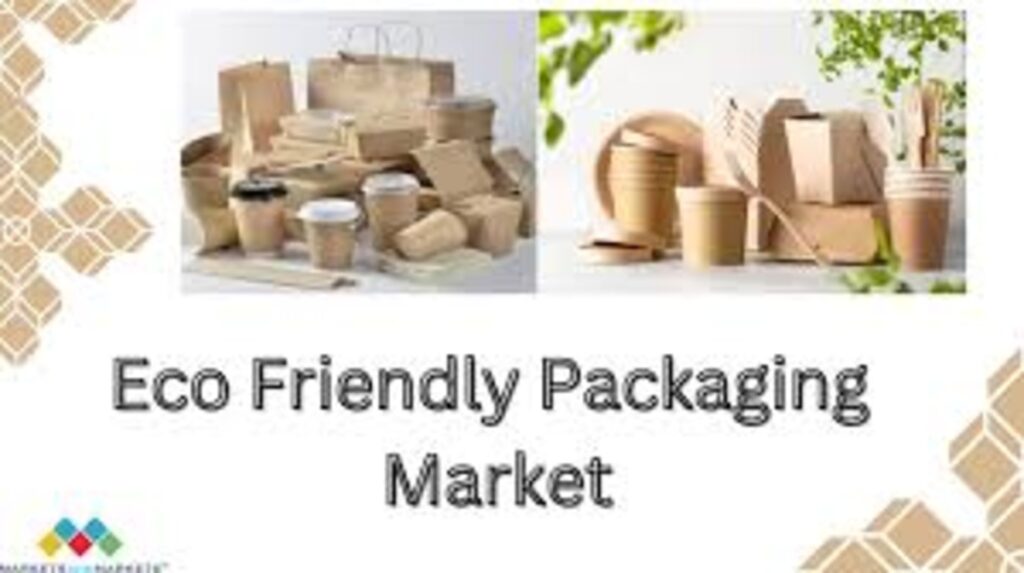Eco-Friendly Eats: Sustainable Food Packaging 2 Solutions for Your Business

Table of Contents
Businesses worldwide are shifting their focus towards more eco-friendly practices, especially within the food industry, in their quest for sustainability. A significant part of this shift involves rethinking packaging solutions. Sustainable food packaging addresses environmental concerns and meets consumer demands for greener practices. Companies are exploring innovative ways to package their products, with some names standing out as exemplars in the industry. For example, companies like WF Plasticare at the forefront, offering solutions to reduce businesses’ ecological footprints.
Understanding the Importance of Sustainable Packaging
Sustainable packaging also fosters innovation and efficiency across industries. It challenges manufacturers and businesses to rethink traditional strategies and opt for materials and designs that are both effective and environmentally friendly. Adopting such practices not only aids in conserving biodiversity by reducing pollution but also promotes a circular economy that recycles and reuses materials and products, thus diminishing reliance on virgin resources. Moreover, this aligns with global sustainability goals, encouraging industries to take actionable steps towards a more sustainable future. This approach not only preserves natural ecosystems but also secures a healthier planet for future generations, underscoring the critical role it plays in today’s world.
The Shift Towards Eco-friendly Materials

This shift also embraces materials derived from agricultural by-products, which minimise waste and utilise resources that would otherwise be discarded. Innovations include packaging made from cornstarch, mushroom roots, and seaweed, each presenting a viable alternative to synthetic options. These eco-friendly materials decompose within a much shorter timeframe than traditional plastics, significantly reducing pollution and the strain on landfill sites. Furthermore, adopting such materials reflects a broader commitment to sustainability, encouraging a supply chain that values environmental responsibility and resource efficiency. This shift towards greener materials is an essential step toward a more sustainable future.
Innovative Designs for Sustainability
Moreover, innovative packaging designs often incorporate intelligent features like improved sealing mechanisms to extend product shelf life, thereby reducing food waste. Innovations such as these contribute significantly to sustainability goals by addressing waste reduction and resource efficiency. Food PackagingFurthermore, embedding QR codes or digital tagsallows for better recycling information and consumer engagement, educating users on how to dispose responsibly. These advancements enhance the user experience and promote a more sustainable lifestyle. Emphasisingfunction over form, these design philosophies challenge the status quo, proving that aesthetics and environmental responsibility coexist harmoniously in the packaging industry.
The Role of Technology in Sustainable Packaging Food Packaging
Technological developments are essential to the creation of sustainable packaging solutions. From 3D printing to advanced bioplastics, technology is enabling manufacturers to explore new materials and methods that were previously unimaginable. This technological evolution is not just limited to materials but also to manufacturing processes, distribution, and recycling methods. Food Packaging By leveraging technology, businesses can achieve more sustainability in their packaging solutions.
Consumer Influence on Sustainable Packaging Trends
Consumer preferences have a profound impact on the adoption of sustainable packaging Food Packaging. Growing consumer knowledge of environmental issues has led to a growing demand for items consistent with their ideals. This change in consumer behaviour is prompting businesses to reconsider their tactics and choose more environmentally friendly options. Prioritising sustainability allows businesses to appeal to a wider range of customers, improve their brand image, and lessen their environmental effects.
It is impossible to overestimate the significance of eco-friendly packaging as society moves toward more sustainable practices. Businesses dedicated to lessening their environmental effect will be vital in this shift. WF Plastic and similar entities are leading the way, demonstrating that combining functionality, aesthetics, and ecological responsibility is possible. By embracing sustainable packaging, businesses can contribute to a greener planet while meeting the evolving demands of consumers. This approach benefits the environment and offers a competitive edge in the increasingly eco-conscious market.Food Packaging



